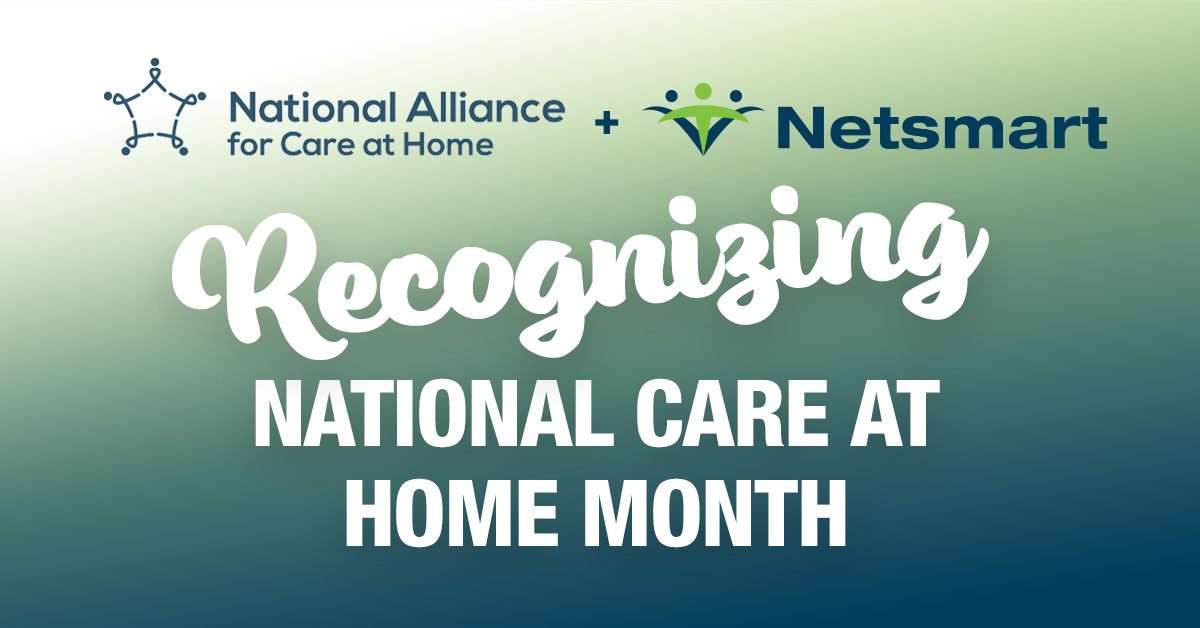Jessica, a billing specialist at a hospice agency, plays a key role on her revenue cycle management team. She manages claims for patients requiring complex care, ensuring timely reimbursements so her agency can focus on what matters most – supporting patients and families during difficult times.
But Jessica’s job had become a daily uphill battle. Each payer and state the agency works with has unique billing rules, and keeping track of shifting regulations and reimbursement models felt like a game she couldn’t win. Denied claims piled up, and the constant stress of appeals left her feeling drained and frustrated as she navigated an endless maze of payer requirements.
Navigating Healthcare Challenges with Simple Software
Then her agency adopted a new EHR system built with the flexibility to easily adapt to changing requirements. For the first time, Jessica could configure the system to meet the payer-specific requirements and automatically generate claims with the correct format to meet payer acceptance. With just a few clicks, she streamlined claim generation and submissions, reduced denials and gained the confidence that her work was setting her agency up for success.
Jessica’s work has not only helped the agency grow but has also empowered her with the tools she needs to thrive in her role. The right tools didn’t just make her job easier – they made her work matter more.
The Challenges of Compliance and the Power of Innovative Flexibility
Managing a multi-state healthcare organization can feel overwhelming. Medicaid rules vary by state, and CMS Innovation programs like the Guiding an Improved Dementia Experience (GUIDE) Model add layers of complexity. Providers must navigate these challenges while tailoring workflows and billing processes to their programs and patient populations.
The right technology helps to make these challenges manageable. Innovative flexibility means solutions have the ability to adapt to your needs – without costly, time-consuming customizations. A configurable system ensures compliance across states and payers, supports diverse care models and adapts to shifting reimbursement models with ease. Whether it’s eligibility, scheduling, documentation or billing, flexible tools streamline operations while empowering your team to deliver exceptional care.
Why Flexibility Matters
Why is this level of flexibility in healthcare software such a game changer? Here are just a few reasons:
- Simplifies Compliance Across Payers and States - If you operate in multiple states and manage multiple payer contracts, you already know how much effort goes into staying compliant with regulations. Flexible technology streamlines this process by allowing you to adjust configuration for state and payer-specific rules, saving time and reducing the risk of errors.
- Supports Unique Services - Every provider has a unique way of delivering care. An adaptable healthcare software system ensures your technology aligns with your care delivery model — not the other way around.
- Future-Proofs Your Organization - The only constant in healthcare is change. Whether it’s new CMS programs, shifts in reimbursement models or evolving regulations, flexible technology helps you to adapt quickly and stay ahead of the curve.
A Software Solution That Grows with You
Imagine a home health organization preparing to expand into new states. The thought of navigating a whole new set of Medicaid rules might feel overwhelming.
But the right technology can help ease that anxiety. The organization can configure its adaptable healthcare software system to meet the requirements of each new state without needing to overhaul its entire workflow. At the same time, the system supports the unique aspects of the organization’s care model so staff can continue to deliver high-quality care without interruption.
Traditional technology often forces providers to choose between customization and standardization. Custom solutions offer the personalization desired but come with hefty price tags and extended implementation timelines. Standardized systems are quicker and more affordable but lack the adaptability to meet your specific needs.
Innovative flexibility eliminates this trade-off. You get the best of both worlds: a configurable system that adapts to your needs without requiring time-consuming or expensive customizations.
Looking Ahead: The Future of Agile Healthcare Software
As the healthcare landscape continues to evolve, flexibility will become even more critical as organizations grow and payer reimbursement models change. Providers need technology that not only addresses today’s challenges but also prepares them for the future. For instance, check out CareRecord, a specialized EHR for workflows in human services and post-acute care.
Think about CMS initiatives like the GUIDE Model, which aims to improve care for patients with dementia and support their caregivers. These programs come with unique requirements that providers must meet to participate in the program. Flexible technology gets you ready to hit the ground running when opportunities like this arise.
At the end of the day, innovative flexibility isn’t just about technology, it’s about people. It’s about empowering caregivers to do what they do best and care for patients. It’s about enabling office staff to streamline their processes and focus on billing and collection timeliness. When your healthcare software adapts to your workflows, it frees up your team to focus on delivering exceptional care instead of wrestling with rigid systems.
It’s also about supporting your organization’s long-term goals. Whether you’re expanding into new markets, establishing new payer contracts, launching new programs or simply looking for ways to improve efficiency, flexibility gives you the tools to succeed.
If your current technology feels like a barrier instead of a solution, it's time for a change. The right platform doesn't just check the boxes. It grows with you, adapts to your needs and empowers your team to deliver the best possible care. With the right technology, the possibilities are endless. It's not just about keeping up with change. It's about staying ahead of it.
Ashley Hartwigsen is the Director of Post Acute Client Strategy at Netsmart and focuses on supporting providers by serving as a trusted advisor to organizations in their business processes and their use and adoption of technology. She has worked in the financial and technology industry for over 25 years, with 14 years focused in post-acute healthcare and has advanced experience in consulting, product strategy and development, operations, and business development. She leverages her knowledge and expertise to guide clients through business process improvement, revenue cycle optimization, technology strategy and adoption and operational oversight. She serves on the NAHC Home Care Technology Advisory Council and ADVION IT Committees, is a NAHC HHFMA member, and advocates on behalf of home and community-based and senior living post-acute providers.








/implementing-ai_gmd_wbn-pt2.png)